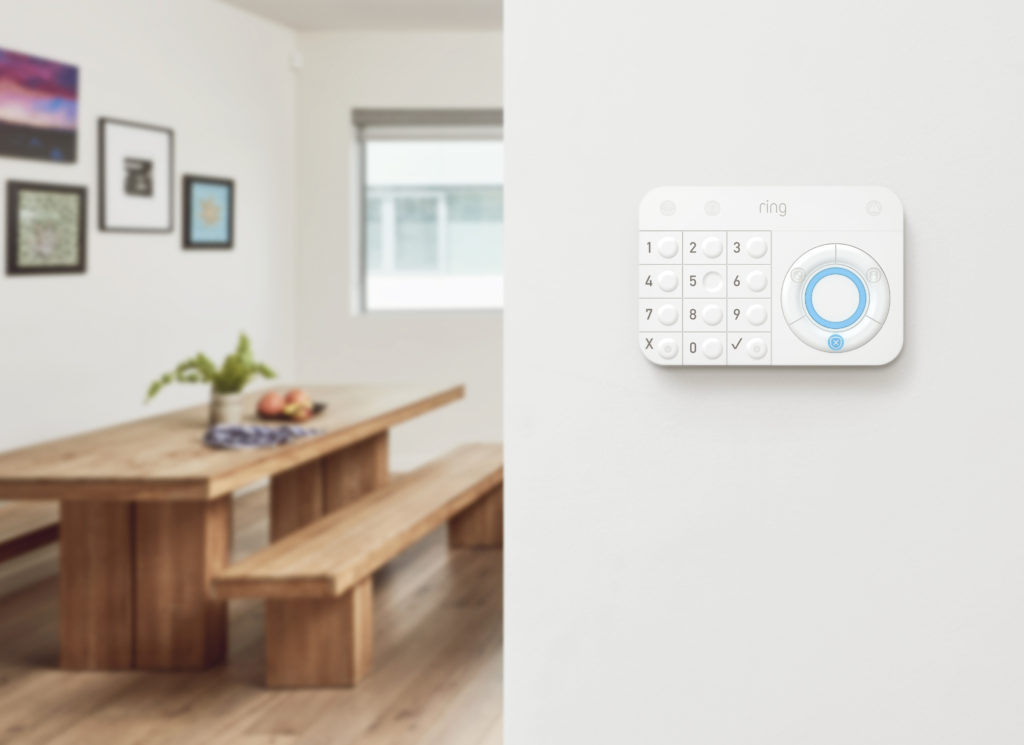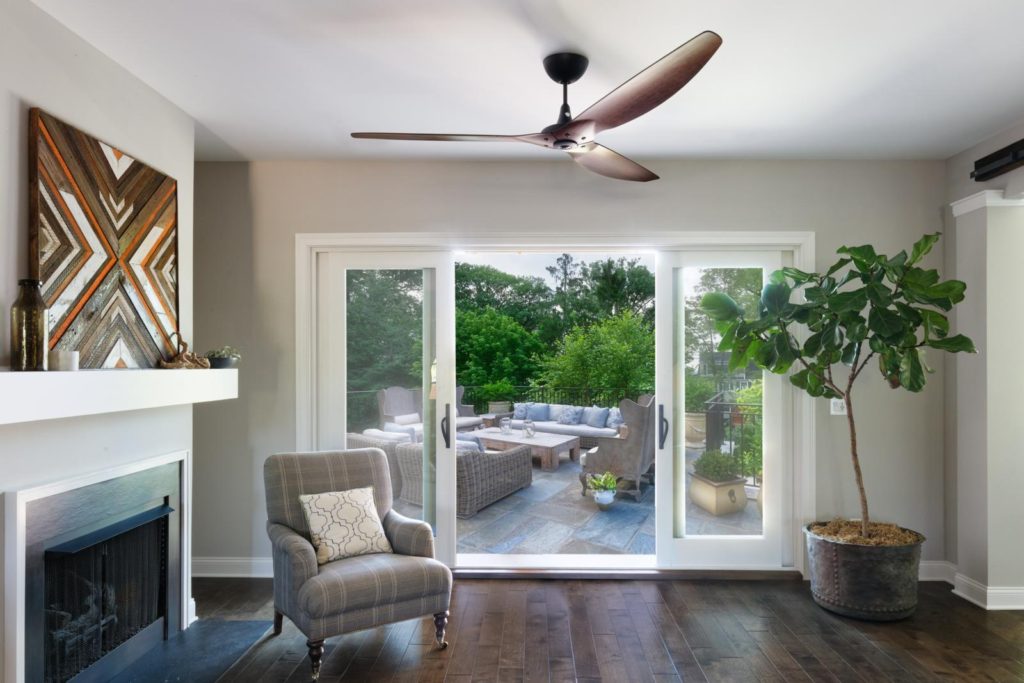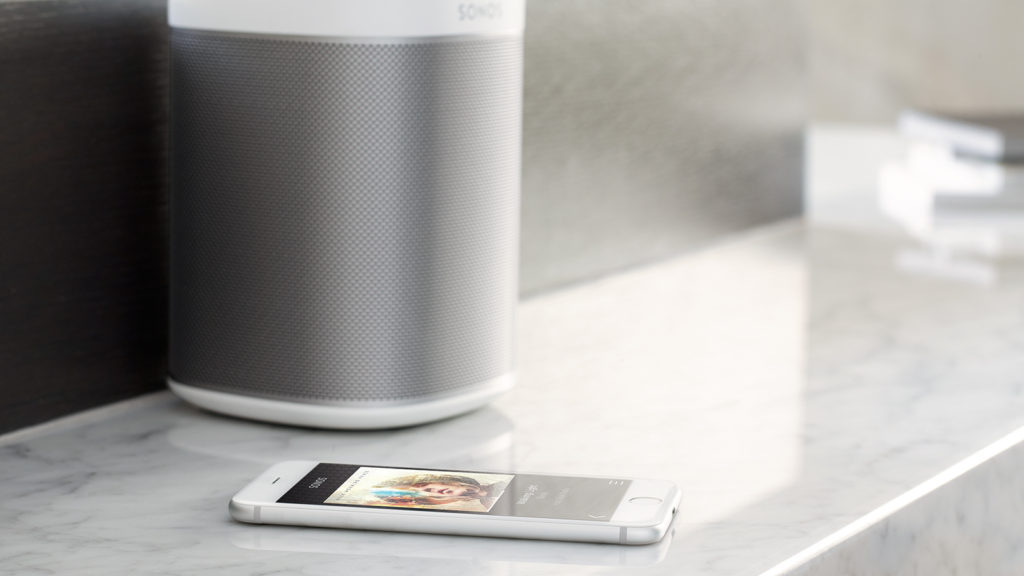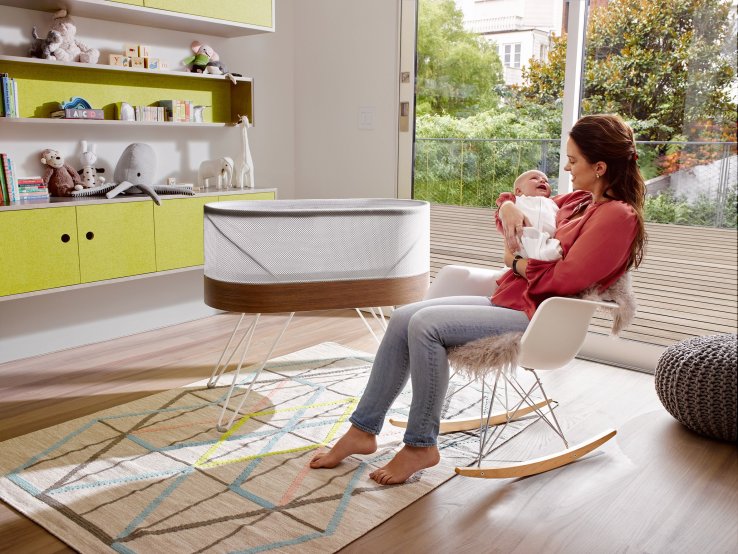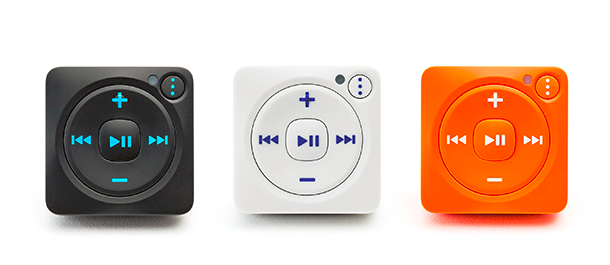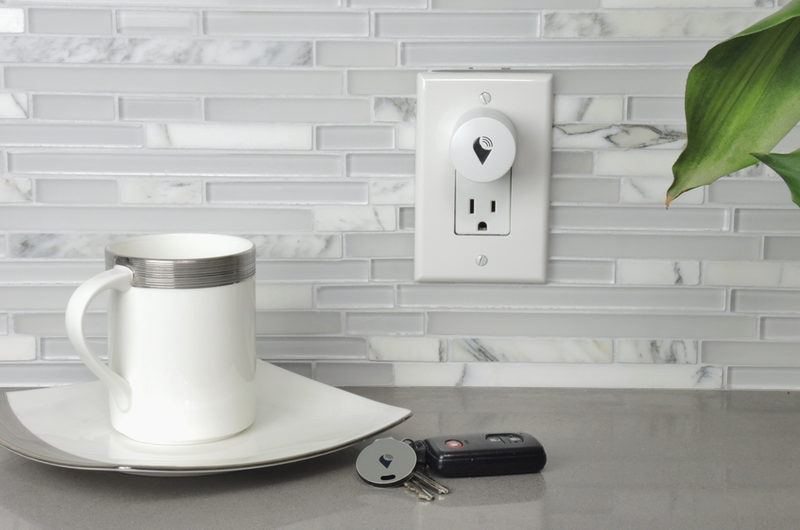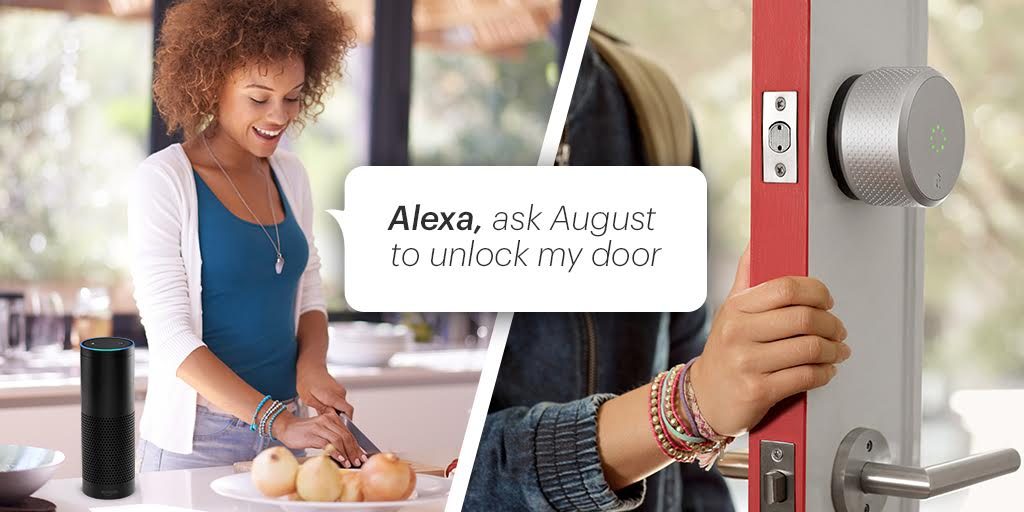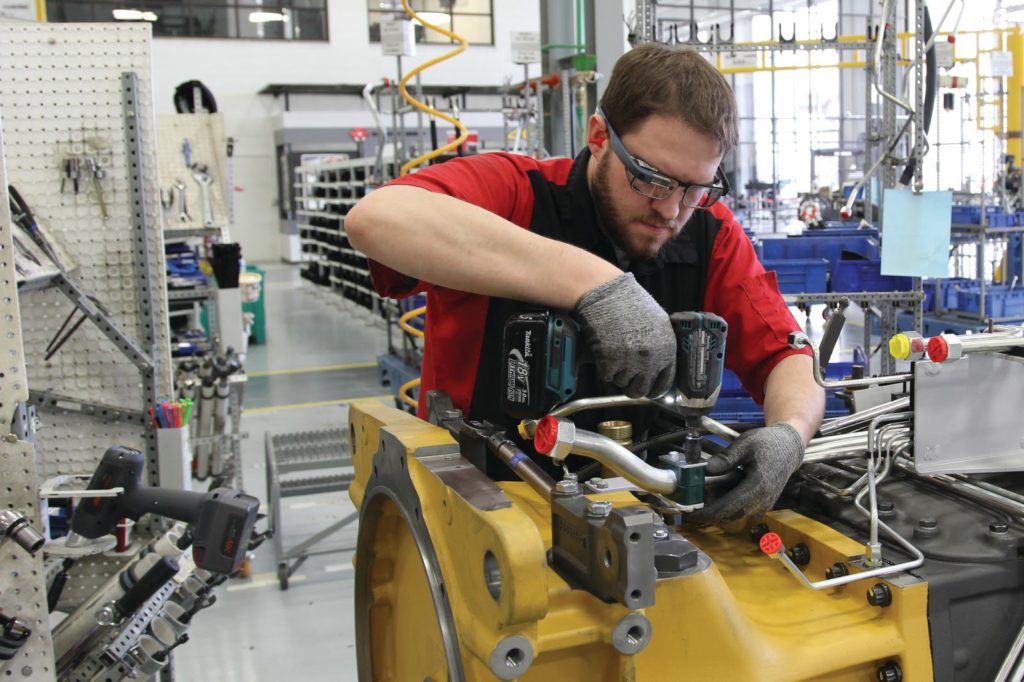Both Dell and Salesforce made big announcements about their internet of things plans this week, so Kevin and I try to break that down for people. We then discussed Amazon trying to deliver things to the trunk of your car, Google Home going too far in recording conversations and updates to hardware for autonomous cars. We also review the latest August lock and doorbell hardware and answer a listener question from Sally about linking her Sonos with her August locks for some musical automation.
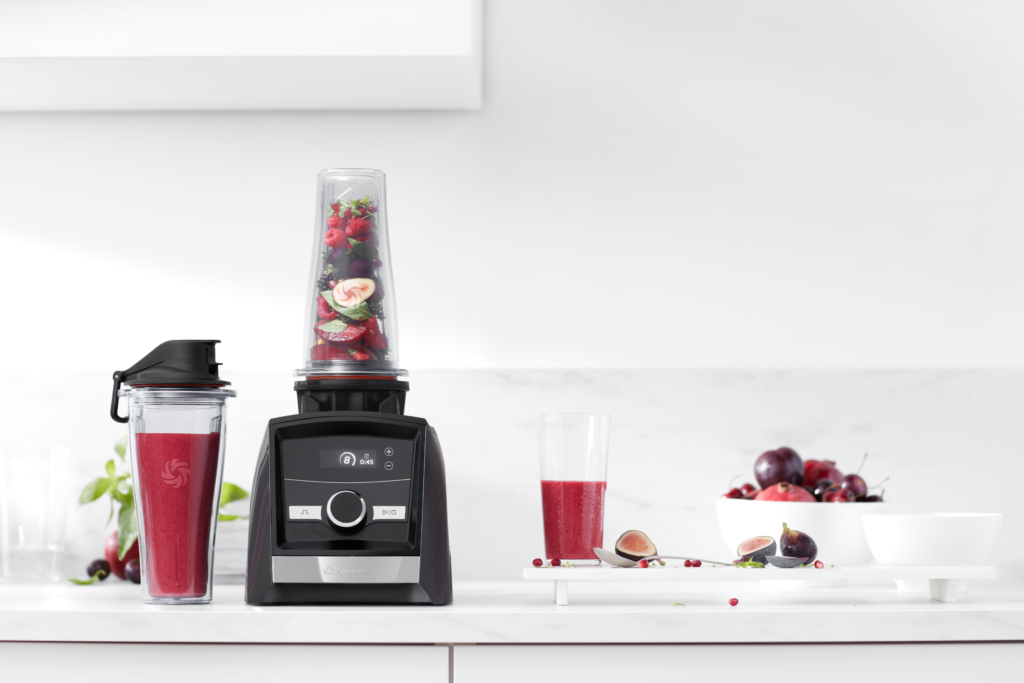
I was at the Smart Kitchen Summit this week, and ran into Tony Ciepiel, COO of Vitamix, which just launched a connected blender. I had a few moments to ask Ciepiel how Vitamix was thinking about bringing its blenders into the 21st century and why. He explained how to think about technology in a product designed to be an heirloom and what it means for the company’s operations to support a connected device. We also talk about sharing data across connected products and how technology changes blenders’ capabilities. Enjoy the show!
Hosts: Stacey Higginbotham and Kevin Tofel
Guest: Tony Ciepiel, COO of Vitamix
Sponsors: Qualcomm and SAP
- Dell and Salesforce are adapting to the IoT
- Cheaper LIDAR and smarter cars are coming
- August locks are good but the doorbell made me angry
- Why use Bluetooth as opposed to Wi-Fi in a connected blender
- Software can let you count calories even more granularly
Have a question? Leave a voicemail on the IoT Podcast hotline at 512.623.7424 and we might answer it on the show!
Podcast: Play in new window | Download | Embed
Subscribe: RSS

